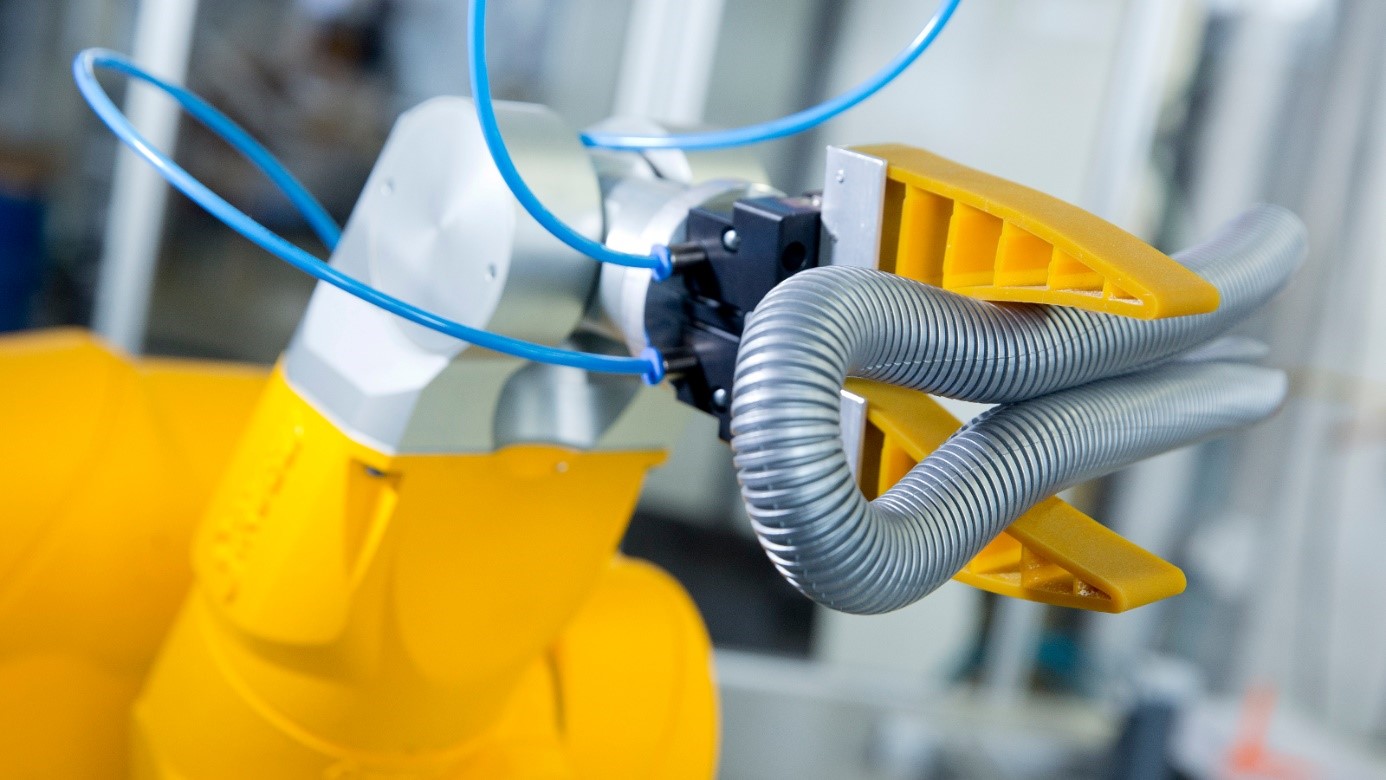Contact IFR

Dr. Susanne Bieller
IFR General Secretary
Lyoner Str. 18
DE-60528 Frankfurt am Main
Phone: +49 69-6603-1502
E-Mail: secretariat(at)ifr.org

Dr. Christopher Müller
Director IFR Statistical Department
Lyoner Str. 18
DE-60528 Frankfurt am Main
Phone: +49 69-6603-11 91
E-Mail: statistics(at)ifr.org

Silke Lampe
Assistant IFR Secretariat
Lyoner Str. 18
DE-60528 Frankfurt am Main
Phone: +49 69-6603-1697
E-Mail: secretariat(at)ifr.org

Nina Kutzbach
Assistant IFR Statistical Department
Lyoner Str. 18
DE-60528 Frankfurt am Main
Phone: +49 69-6603-1518
E-Mail: statistics(at)ifr.org
Credits · Legal Disclaimer · Privacy Policy ·World Robotics Terms of Usage · © IFR 2024
